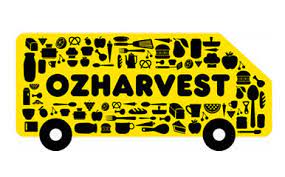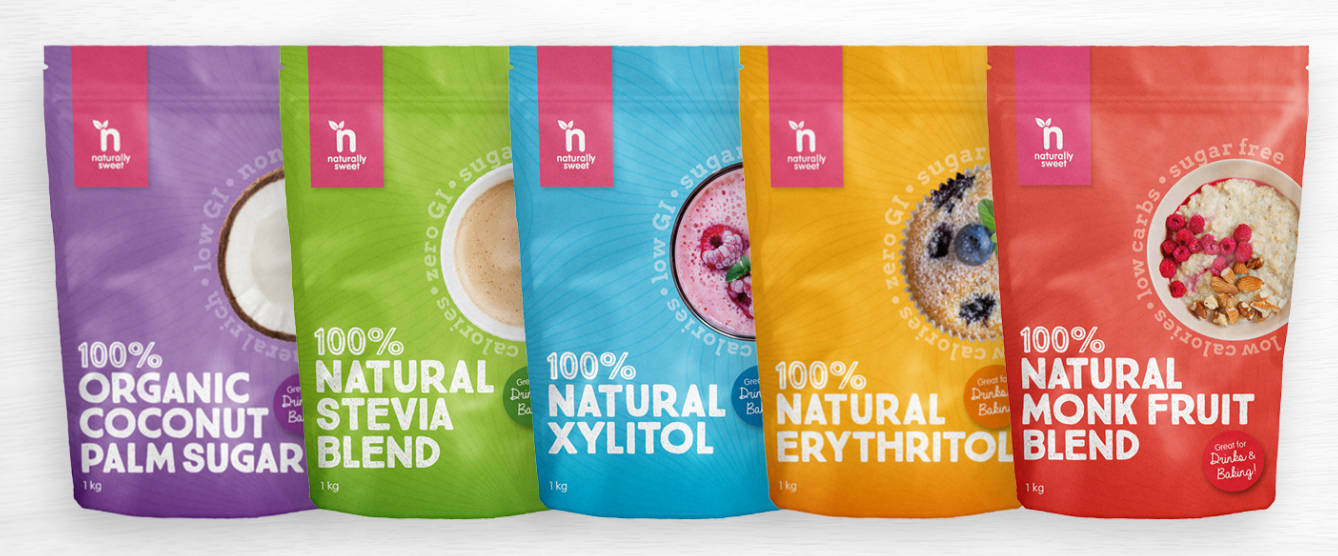How is Stevia made?
Naturally Sweet Products
With highly processed foods taking over supermarket aisles and the bad press some artificial flavourings, sweeteners and preservatives have been getting, it's no surprise that people are becoming sceptical about store-bought food. More and more consumers are seeking out organic, natural options and hitting their local farmer's markets as opposed to shopping centres, in an attempt to find food that hasn't been injected with extra additives. The search for food in its purest form shouldn’t be so difficult, but as populations have increased and technology has improved, we have seen a vast change in the way we eat. It is now possible to access a variety of different foods all year around - preservatives allow us to keep some produce fresh for a long period of time and new science means we can eat nearly all fruits and vegetables every season. While this undoubtedly has some benefits, it has also caused a lot of people to become concerned about what else is going into our food - and therefore bodies. So it's no wonder many of you - just over 20 per cent according to our latest poll - are inquiring about how Stevia is made. Stevia Rebaudiana is a herb from the Chrysanthemum family which grows wild in parts of Paraguay and Brazil. The reason it tastes so sweet is because of the glycosides in its leaves. Cultivation of this herb has stayed in Brazil and Paraguay but has also expanded to Japan and China. What sets our product apart from other sweeteners on the market is that we aren't artificial - in fact, we are just the opposite. We only look to bring you products that are 100 per cent natural - and we also aim for 100 per cent purity and quality every time so you can enjoy a sugar replacement without worrying about the side effects of additives. So to answer your question, how is Stevia made? Well, we have nature to thank for that.



